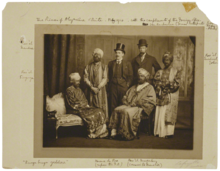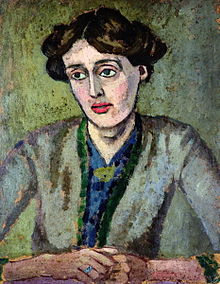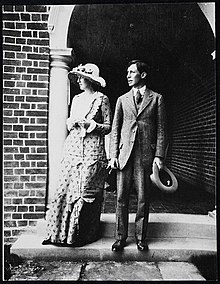Virginia Woolf

admin- المدير العام

- مساهمة رقم 1
 Virginia Woolf
Virginia Woolf
موقع قف وناظر |أفلام اون لاين منوعة|برنامج استضافة مفيدة|تحميل برامج|تحميل العاب|تحميل افلام أجنبية جديده|كل ماتتخيله ومالاتتخيله لدنيا الموقع العالمي قف وناظر www.abade.roo7.biz|اخبار نجوم الفن والمشاهير | بيع وشراء

Instagram @abadelight Facebook abadelight Twitter abadelight
إذاعة قف وناظر الحلقة الاولى المستشار احمد العمراوي
https://youtu.be/Svg-h3zWmPg
#مجلة_قف_وناظر #مجلة_لايت_نيوز_ستار #مجلة_فاشن_سوبر_قف_وناظر #مجلة_فن_اوروبا #مجلة_قف_وناظر_الطبية
#قف_وناظر #اكسبلور_فولو #قف_وناظر_الطبية
#كسبلور2020 #عمان #قف_وناظر #أزياء_سلطانة_التقليدية #السعوديه #دبي #اكسبلور #اكسبلورر
#اكسبلور_explore #الامارات #الحُب #سفيرة_رواد_الاعمال_مروة_البلوشية #عبدالرحمن_بن_موسى
#كسبلور2020 #عمان #قف_وناظر #أزياء_سلطانة_التقليدية #السعوديه #دبي #اكسبلور #اكسبلورر
#اكسبلور_explore #الامارات #الحُب #سفيرة_رواد_الاعمال_مروة_البلوشية #عبدالرحمن_بن_موسى
#اذواق_مختلفة #فرقة_لوجينيا_العمانية














